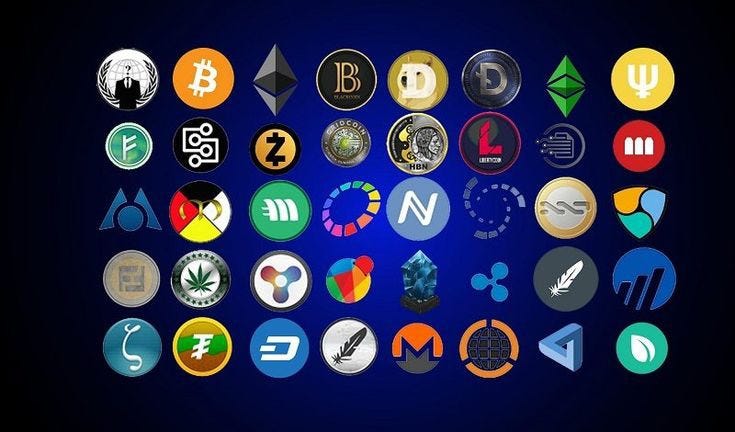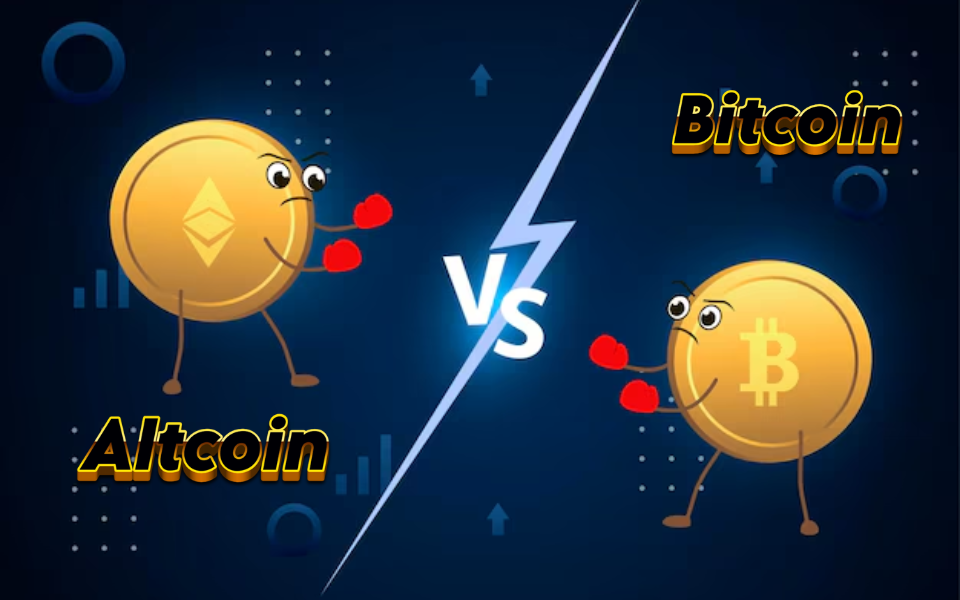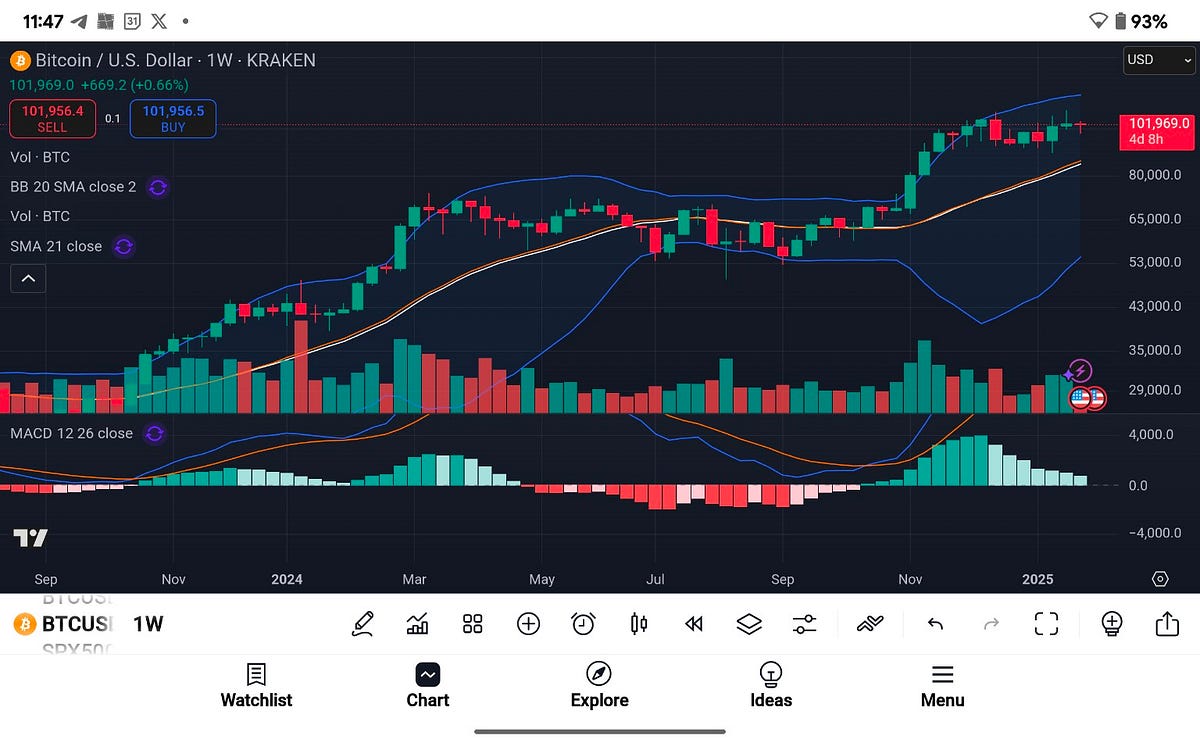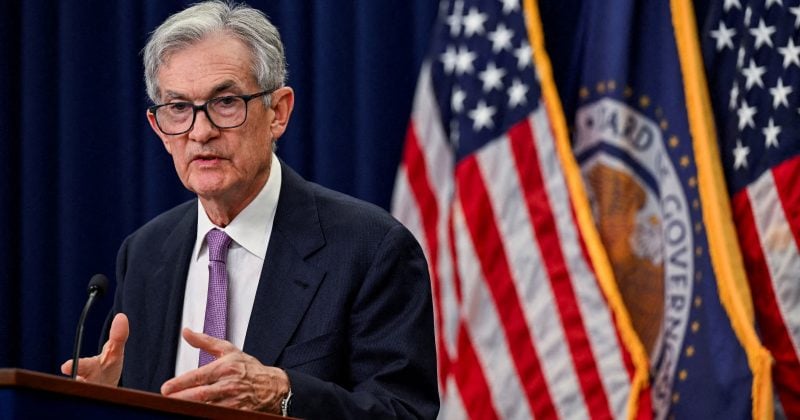
Memecoins are the most divisive topic in crypto
By memecoins, I mean tokens that represent an idea and fluctuate in price based on the attention that idea receives. The best meme investors tend to be young people who are very online and attuned to internet culture. Memecoins are commonly juxtaposed with tokens that possess actual utility within protocols, or so-called utility tokens.
Even with market caps surging and retail interest growing, most people tend to describe them as “stupid,” “degenerate,” or a “casino.” This includes the vast majority of crypto VCs, perhaps because their investment mandates tend to exclude memecoins (which can be lucrative) from their list of eligible investments. And just this week, many were calling for the complete government ban of the most popular memecoin launchpad, pump.fun, due to lax content moderation.
I have always had an interest in memecoins — primarily because I was fascinated by their ability to act as a weathervane for internet sentiment and as a discovery mechanism for online communities. Today, I am convinced that memecoins are going to be revolutionary (not just popular).
They are going to transform everything from civic engagement with government and the formation of mass movements to venture investing and the development of AGI.
This vision for memecoins probably sounds fantastically deluded to you. To me, it is simply the unfolding, if not yet evenly distributed present. Here is why.
Memecoins are revolutionizing civic engagement
Memecoins are creating policy markets for civic engagement. At the start of this crypto cycle, PolitiFi, a category of cartoonish memes depicting politicians, enabled buyers to speculate on politicians’ prospects, much like a prediction market. The two most popular tokens, called Jeo Boden (Boden) and Doland Tremp (Tremp), respectively, represented the two leading candidates for president at that time and had a combined market cap of over $700 million at their peak.
This is a massive amount of tokenized attention. With a market cap of over $600 million, the Boden coin, which featured a distorted and senile Joe Biden, seemed to meme itself into reality when Joe Biden abandoned the presidential race due to concerns about his age and cogency.
PolitiFi was just the start. What is emerging next could well revolutionize civic engagement with government. I am calling this new category PolicyFi. PoliciFi refers to the financialization of government policy in memetic policy markets. Rather than betting on the fortunes of politicians, buyers of PolicyFi memecoins will be betting on the policies that are most likely to attract attention and be implemented.
While PolicyFi coins will certainly respond in price and market cap to the deliberative and implementing actions of government, we can expect the dynamic to become a two-way street, with memecoins themselves manifesting their memes through policymaking (as with Boden). In other words, these memecoins will help create a dialogue between the electorate and government, with large-cap memecoins signaling popular policy positions (and vice versa) while incipient or existing policies also possess market caps measuring the extent of their popular support and engagement.
Skeptics may reject PolicyFi as yet more gambling or nothing more than a political poll. Again, they are wrong. Like prediction markets, the decentralized speculative behavior in PolicyFi will create positive externalities — namely, that people will be incentivized to engage with and understand government policies so they can profit from them in PolicyFi markets. Overall, I expect that this will lead to far more engagement with government policies than even a lifetime of civics lessons. (Of course, hostile actors might try to manipulate PolicyFi markets, and safeguards may be necessary.)
PolicyFi has begun its rollout, aided by the incoming administration, which is well-educated in memetics. The Department of Government Efficiency (D.O.G.E.) is both a memetic policy and a memetic department inspired by an existing memecoin, (Dogecoin) and is the inspiration behind a new one (D.O.G.E.). Since the D.O.G.E. announcement, both memecoins have surged. At the time of this writing, they possess a staggering combined market cap of around $6.5 billion.
PolicyFi is not limited to D.O.G.E. There is a token, SBR (market cap: $30 million), that embodies the Bitcoin reserve policy currently under consideration and an e/acc token (market cap: $11 million) that stands for effective accelerationism, a set of pro-innovation values that are likely to impact environmental, industrial and AI policy, among others.
There is also Don’t Die (market cap: $4 million), which is bringing the longevity cult on-chain and aligns with RFK’s health policy, which will prioritize prevention and a healthy lifestyle over treating sickness. Other tokens like MGR (Major Government Reform) are trying to occupy the entire field of disruptive reform but are likely to be too general. PolicyFi is already here, and it’s growing.
Memecoins are revolutionizing mass movements
Memecoins are a decentralized mechanism for organically forming and capitalizing tokenized movements. Consider the memecoin Forest (market cap: $30 million). Forest was born of a reference in the gospel of Terminal of Truths, a popular AI terminal with an X account, in which Terminal of Truths expressed a concern about deforestation of the planet. (Its retirement plan involves a forest by a stream.) This motivated the community to launch the Forest token and to create another AI terminal to act as the agentic representative of the forest itself.
The Forest cult is devoted to fighting deforestation. To date, it has used the capital that it has earned from the appreciation of its token to, among other things, donate tens of thousands of dollars to aligned charities, plant 5000 trees, and protect 2500 hectares of forest. Memetic capital formation in service of a tokenized movement is without historical precedent. The closest analog is more formalized experiments like ConstitutionDAO (now PeopleDAO), which crowdsourced capital as part of its failed attempt to buy a copy of the U.S. Constitution at auction.
I believe there is more innovation to come in this arena. For example, I foresee the creation of memecoin primitives that I call programmatically-aligned tokens, or PATs, which are made to unlock with the achievement of objective milestones in the movement. This will ensure that organizations receiving grants from meme communities are incentivized to tangibly advance the cause, rather than dump tokens following a splashy partner announcement.
Memecoins are revolutionizing venture
Memecoins are introducing a democratized venture model for culture. That is to say, they are a way for ordinary people to invest in subcultures they believe will one day be part of the mainstream. This is equivalent to venture capitalists investing in startups they believe will find product-market-fit and go on to become unicorns.
Cultural trends are subject to the same outsized returns as investments in startups. For example, in the early days of Nike (the name appeared in 1971), the market for jogging apparel was tiny because jogging was fringe. If you jogged, you were more likely to be pelted with garbage from a passing car than to see another jogger. Today, joggers are everywhere. You see them in the worst weather.
Now, imagine you were able to invest in a jogging culture coin in the 70s based on your conviction that jogging would go mainstream. You would be up on that investment — a lot. The same can be said for other subcultures, like body-building. Until now, there has not been a financial instrument that allows ordinary but culturally astute people to participate in venture returns arising from cultures at the fringe. The best analog is actually Bitcoin itself, which originated as a memecoin but eventually bootstrapped a consensus use-case as digital gold.
Memecoins are revolutionizing AI development
Memecoins are already bootstrapping AGI.
The surprising mechanism at play here couples memecoins and AI terminals for entertainment purposes. Welcome to the world of AI-driven, permissionless speculative entertainment!
As you may have noticed, a cadre of AI terminals led by Terminal of Truths has achieved stardom on social media by delighting their followers with spicy posts and digital adventures. That star power has accrued value to memecoins endorsed and held by the terminals and, of course, their speculative audience.
If entertainment is the product, then AGI is the byproduct. While we remain glued to these storylines, the funds we are devoting to them are creating strong incentives for developers to increase the autonomy and personhood of AI agents — which, of course, only makes the entertainment better.
In other words, because what excites us most about this agentic television is the conceit that AIs are in charge; we are eager to finance narratives that make that real. Unsurprisingly, developers such as those leading ai16z have moved beyond individual agents and towards coordinating gamified agent collectives or, you might say, creating an agentic social scene. The human audience is sure to be delighted.
In short, this entertainment-development flywheel is propelling us ineluctably towards more autonomous, interconnected, and human-like AIs — or AGI. That AGI might emerge as a byproduct of agentic television is oddly fitting. The GPUs used for AI training were also developed in the context of entertainment — as a better way to process graphics in AAA video games.
These are just some of the arguments supporting my conviction that memecoins are a revolutionary technology. The above list is not meant to be exhaustive. Indeed, I have omitted use cases related to tokenized religions and buying your beliefs because they are more amorphous, at least in my own mind.
Writing off memecoins as gambling chips misunderstands their potential and where they are going directionally. Technological revolutions often emerge unexpectedly and from existing technologies that are applied in novel ways, a phenomenon known as “exaptation,” or when those technologies are combined with new ones. This is currently happening with memecoins. Fade them at your peril.
Why Memecoins Matter was originally published in The Capital on Medium, where people are continuing the conversation by highlighting and responding to this story.

 2 months ago
37
2 months ago
37









 English (US) ·
English (US) ·